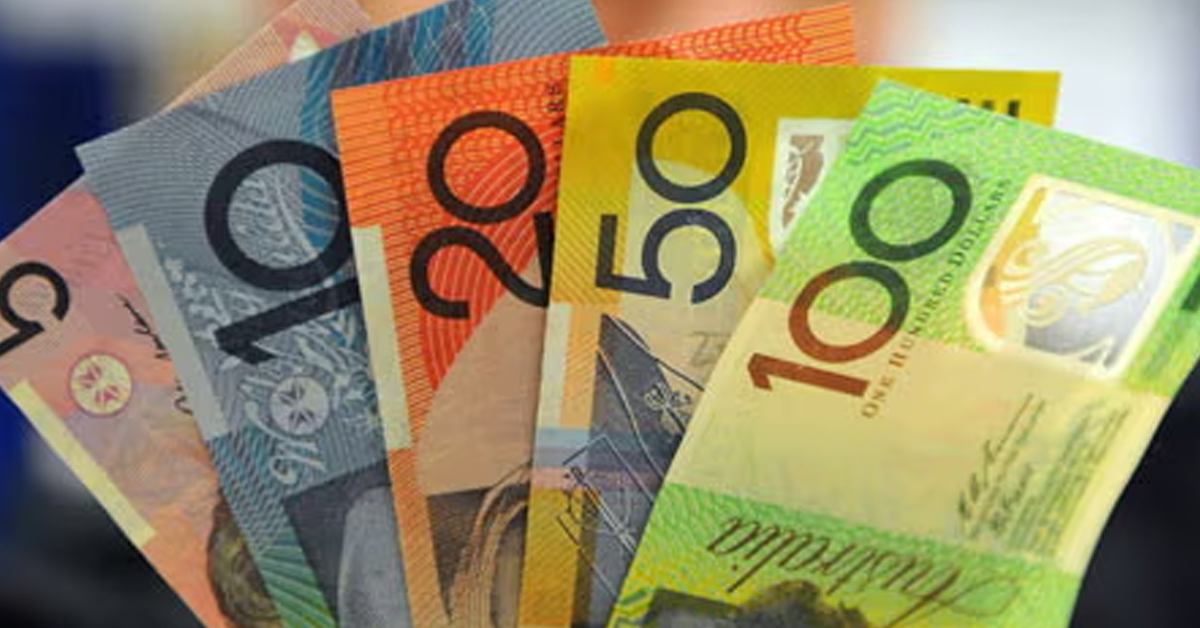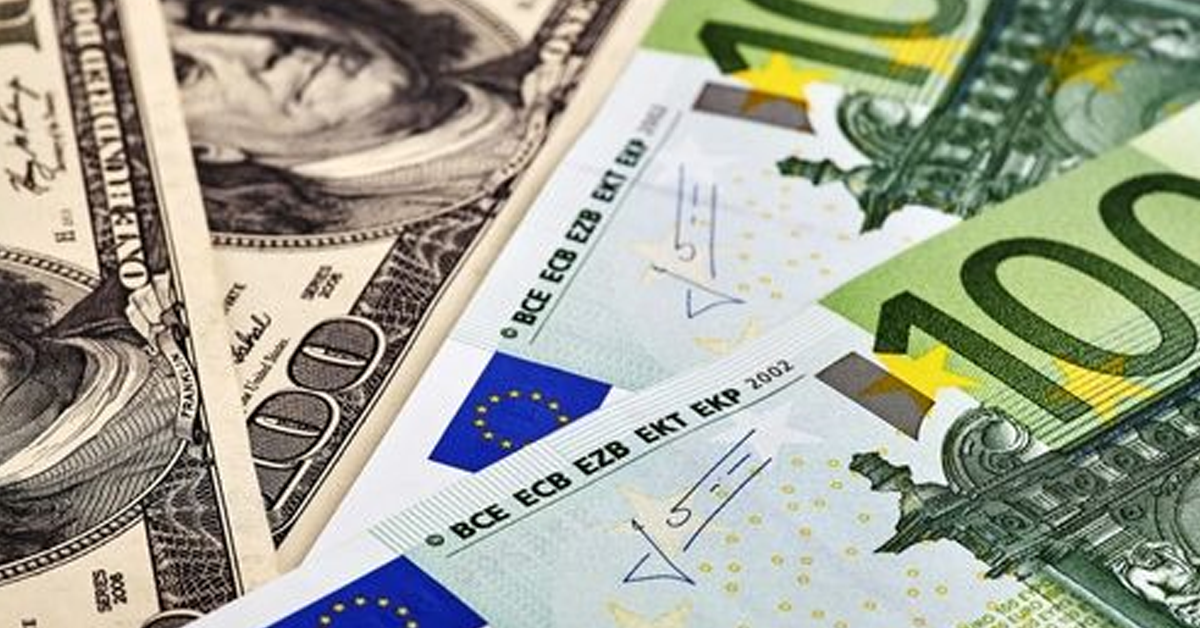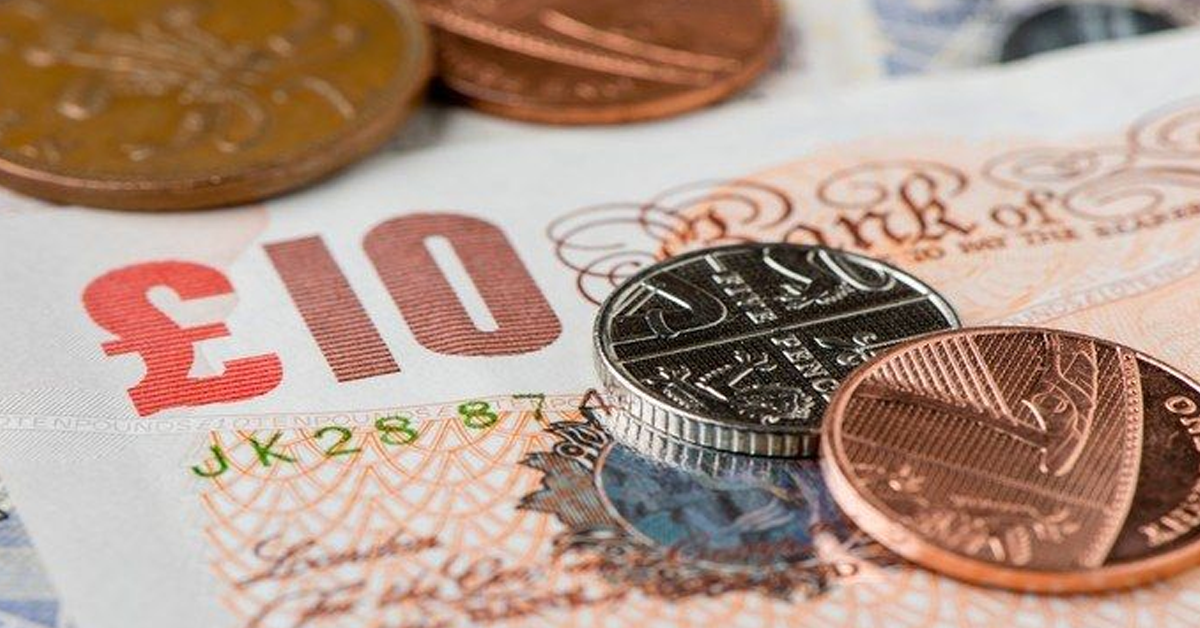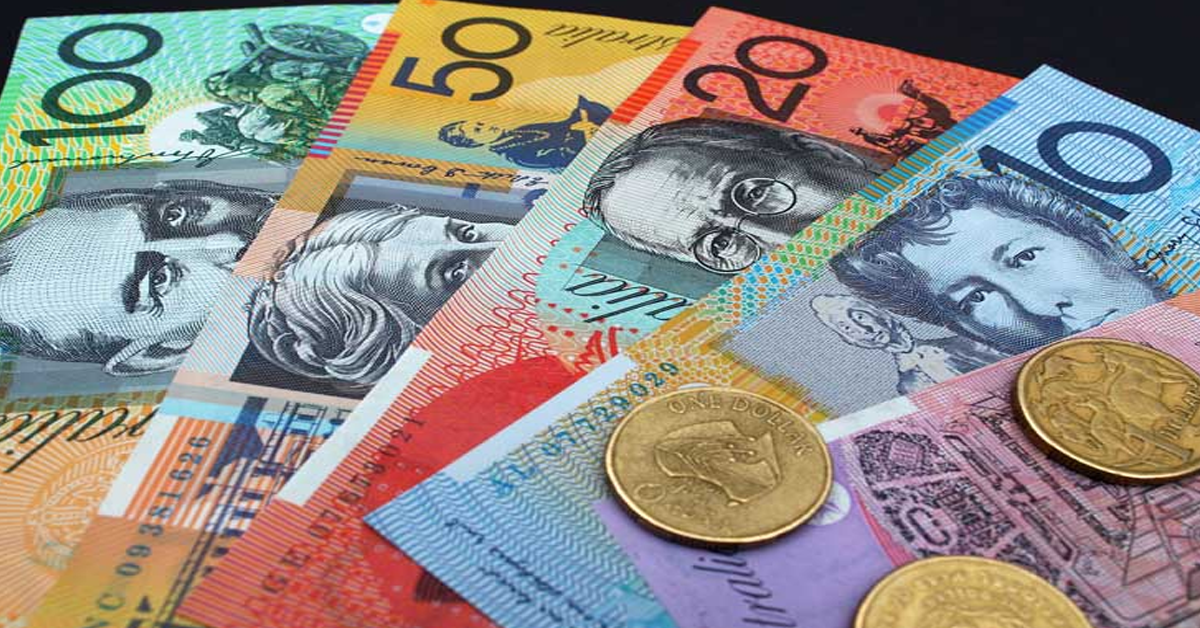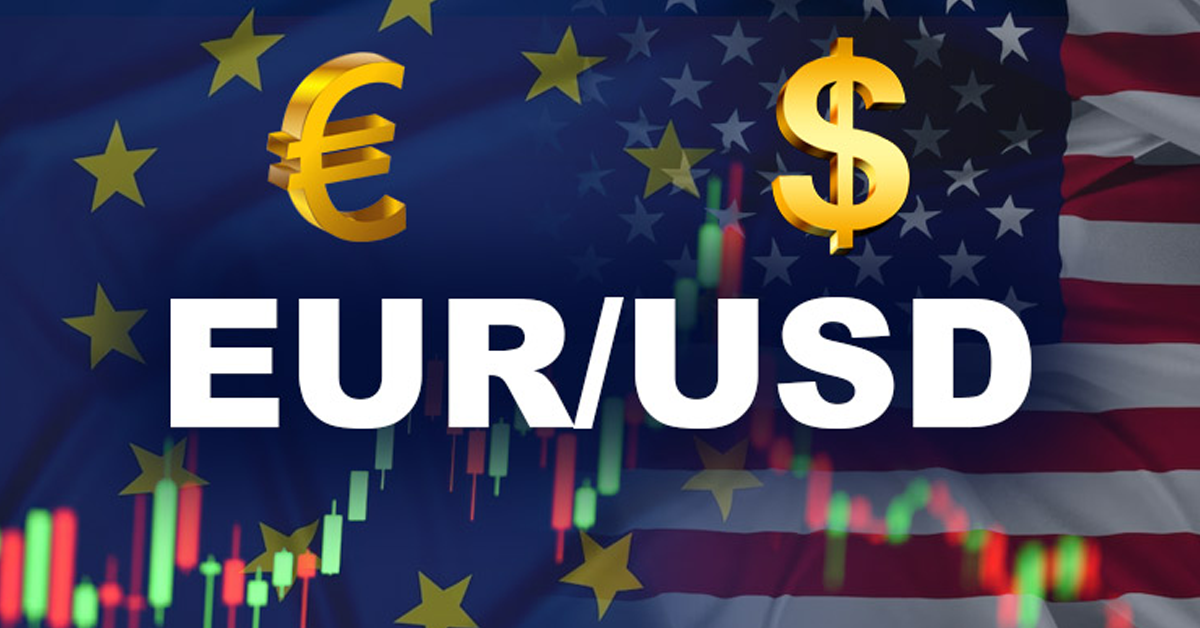The US Economy || US rate hike cycle concludes in 2022
Last week was very active for global rebirth in risk appetite despite a run of data which pointed to deteriorating US economic growth. This is because the softer tone of US data and the FOMC’s acceptance of it implies a reducing risk of the rate hikes in excess of those already increased.
Increasing the rate hike for the second time to a mid-point of 2.375%, Chair Powell showed a greater degree of comfort over the outlook for inflation in the July press conference. In part this stems from 2.375% being within the 2.3% interest rate range th FOMC believe to be neutral for their economy. However, the greater comfort of inflation is also a consequence of building apprehension over the outlook for growth. The press conference also made clear that the FOMC wish to undertake “just the right amount of tightening” to bring about below trend growth, not to make mistake by creating the pre conditions for recession.
After the July FOMC meeting second quarter was confirmed of contraction for GDP, giving further weight to the new concerns of Chair Powell and the Committee. Importantly, the weakness in first quarter was principally due to net exports and inventories, in second quarter marked deterioration in domestic final demand was seen annualized growth falling from +2-1% in Q1 to -0.1% in second quarter. Pricing for the FOMC fell further as a result to now be broadly in line with our own view- a 50bp hike in September followed by only two 25bp hikes come November and December.
Regardless of how the US rate hike cycle concludes in 2022, come 2023 it is believed that the policy debate will shift to the timing and scale of rate cuts as US economic growth languishes below trend and inflation pressures recede. It’s cautious on the timing of policy easing than the market, holding that it will not begin until late-2023, however, it is expected the easing to be material in scale, in the order of 125bps by end 2024.

